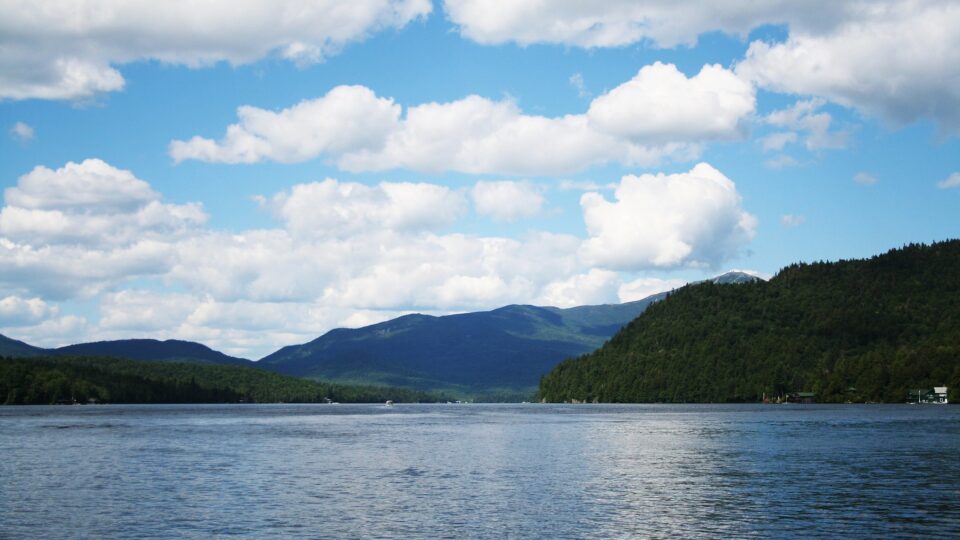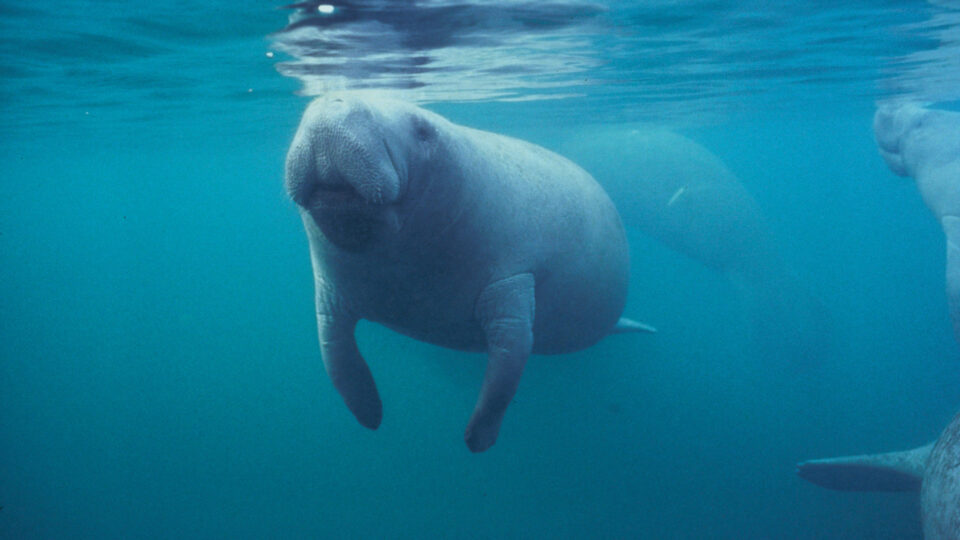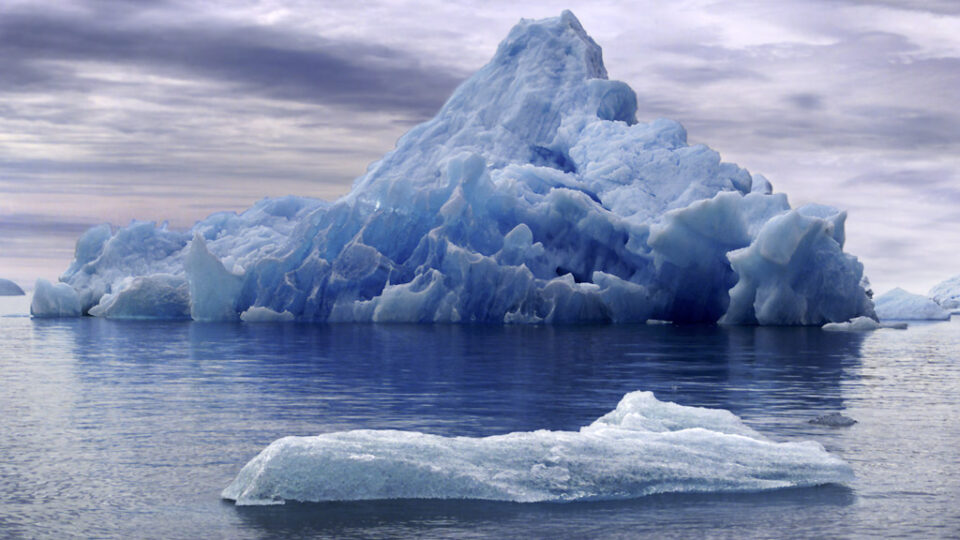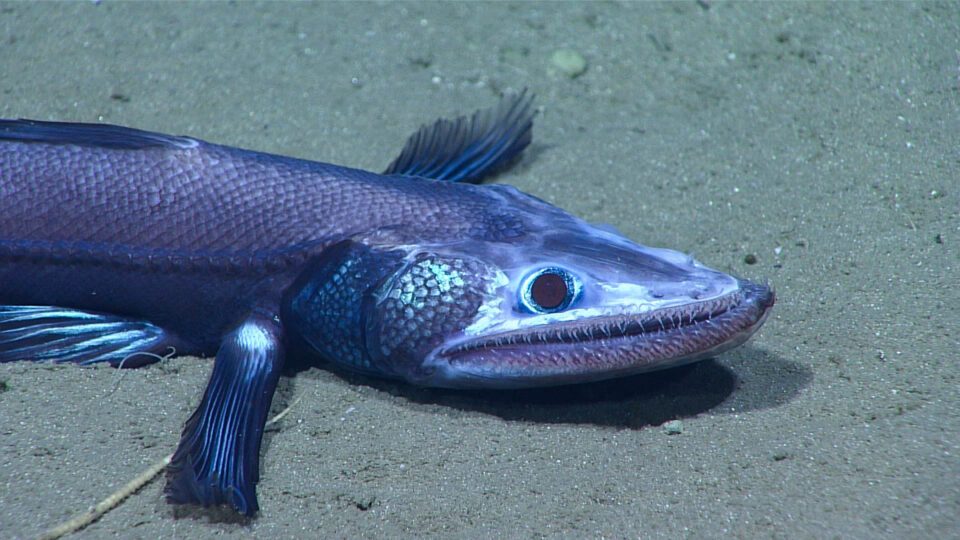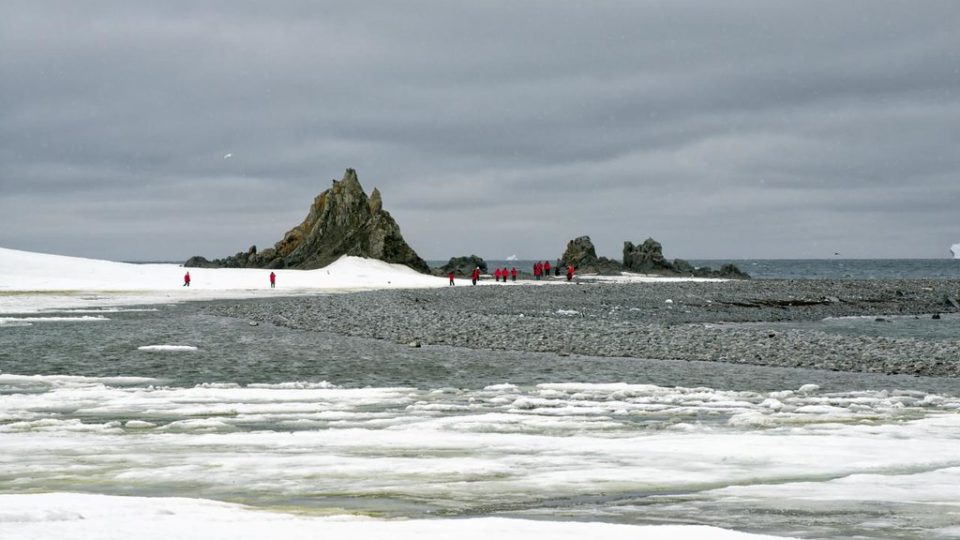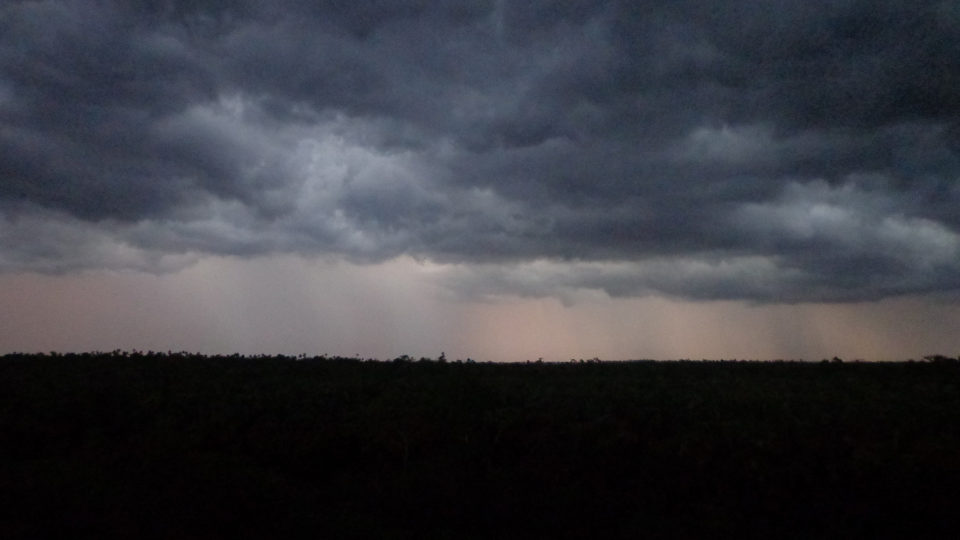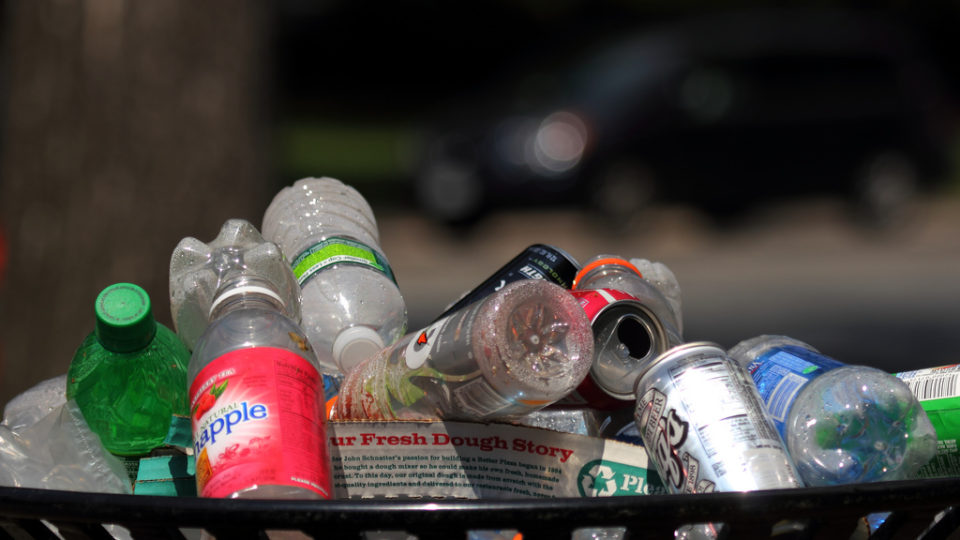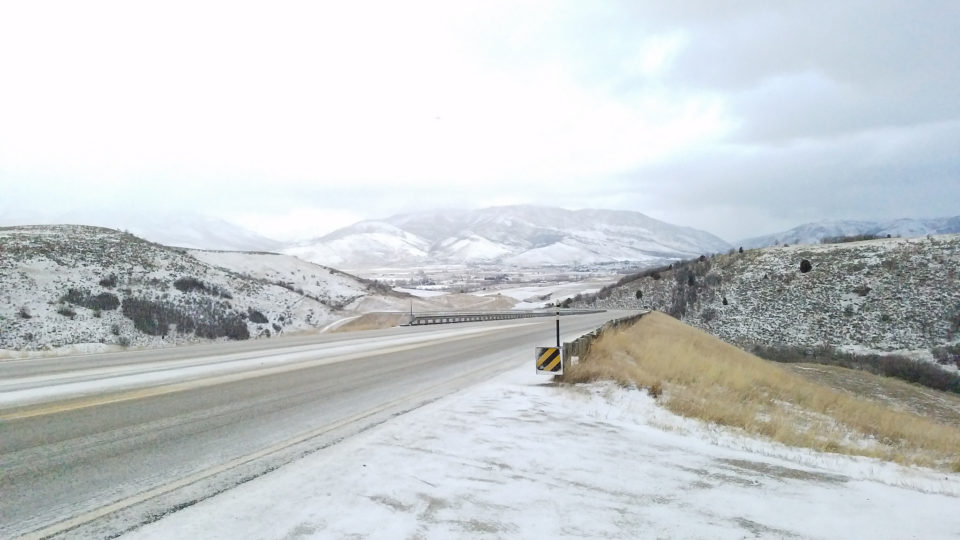States in the colder parts of the country spend an estimated $2.3 billion a year on snow and ice removal as well as untold millions on repairing roadways damaged by winter weather. Researchers at Drexel University have been researching a way to extend the service life of concrete surfaces like roadways and to help them maintain a surface temperature above freezing during the winter.
Preventing freezing and thawing as temperatures go up and down and reducing the amount of plowing and salting is a desirable goal. The Drexel team has developed a cold-weather-resilient concrete mix that is capable of melting snow on its own using only the thermal energy in the environment and not requiring salt, shoveling, or heating systems.
The system uses low-temperature liquid paraffin that turns from its room-temperature liquid state into a solid when temperatures go down. Incorporating the liquid paraffin into concrete triggers heating when temperatures drop due to the energy released by the phase change.
Tests on slabs of the concrete on the Drexel campus over the past two years recorded 32 freeze-thaw events. The special slabs maintained a surface temperature between 42 and 55 degrees for up to 10 hours when air temperatures dipped below freezing.
The heating is enough to melt a couple of inches of snow at a rate of a quarter inch an hour. It’s not enough to melt a heavy snow event before plows are needed, but it can help deice road surfaces and increase transportation safety. And simply preventing the surface from freezing, thawing, and refreezing can go a long way towards preventing deterioration. It is promising research toward reducing an ongoing problem in colder climates.
**********
Web Links
Drexel’s Self-Heating Concrete Is One Step Closer to Clearing Sidewalks Without Shoveling or Salting
Photo, posted March 16, 2024, courtesy of Ajay Suresh via Flickr.
Earth Wise is a production of WAMC Northeast Public Radio

